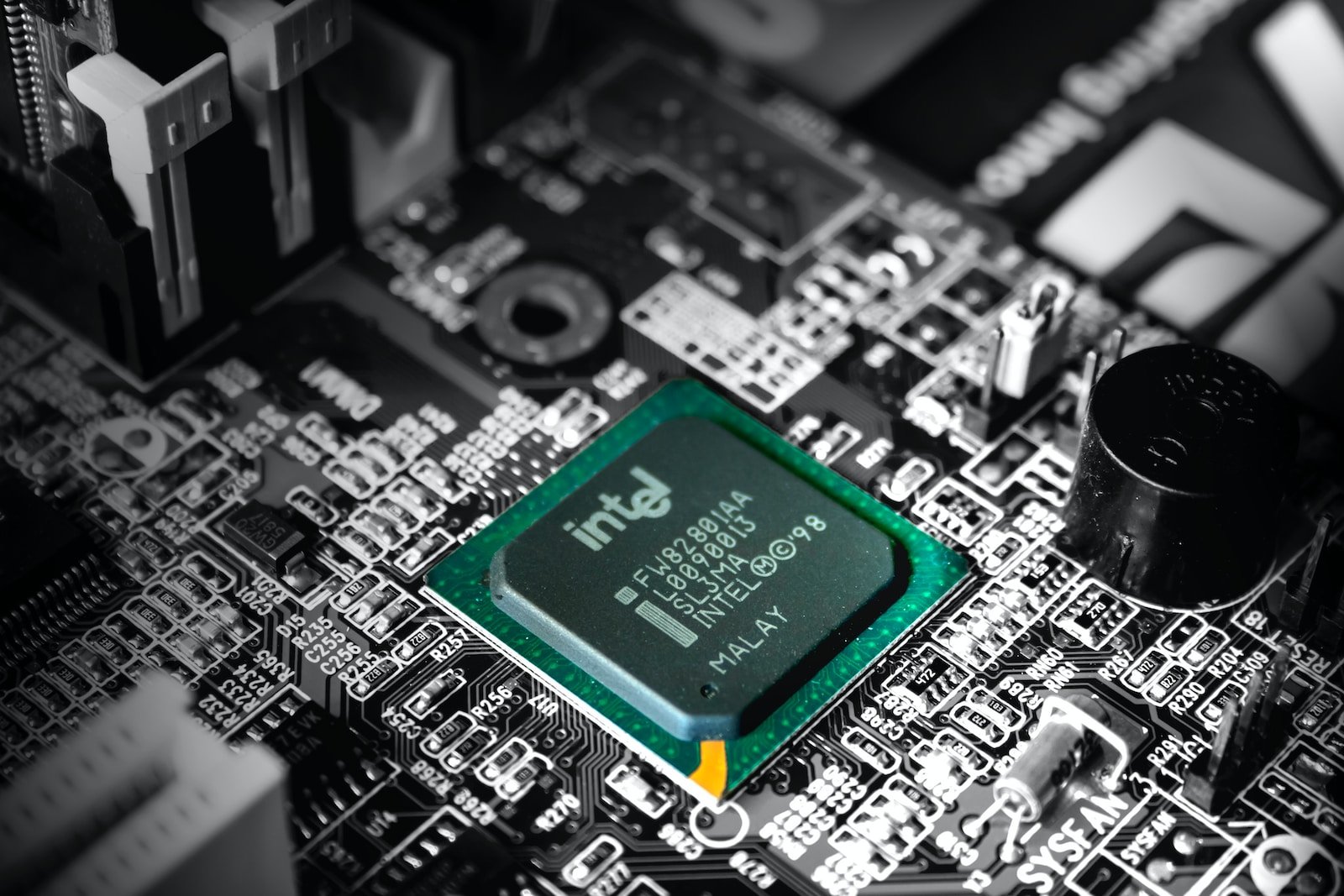Introduction
Setting up a development environment is an essential step for any programmer, and Java developers are no exception. A well-configured development environment can greatly enhance productivity and make the coding process more efficient. In this article, we will guide you through the steps to set up a development environment for Java programming, ensuring that you have the necessary tools and configurations to start coding with ease.
Step 1: Install Java Development Kit (JDK)
The first and most crucial step in setting up a Java development environment is to install the Java Development Kit (JDK). The JDK provides all the necessary tools and libraries required for Java development. You can download the latest version of JDK from the official Oracle website.
Once the JDK is downloaded, follow the installation instructions provided by the installer. Make sure to set the appropriate environment variables, such as JAVA_HOME, to ensure that the Java compiler and runtime are accessible from any location on your system.
Step 2: Choose an Integrated Development Environment (IDE)
While it is possible to write Java code using a simple text editor, using an Integrated Development Environment (IDE) can greatly enhance your productivity. There are several popular IDEs available for Java development, such as Eclipse, IntelliJ IDEA, and NetBeans.
Choose an IDE that suits your preferences and install it on your system. These IDEs provide features like code completion, debugging tools, and project management capabilities, making the coding process more efficient and organized.
Step 3: Configure the IDE
Once you have installed your preferred IDE, it’s important to configure it properly to ensure a smooth development experience. Most IDEs provide a welcome screen that allows you to create a new project or import an existing one.
Create a new Java project and set the project-specific configurations, such as the JDK version and project structure. Configure the build path to include any external libraries or dependencies that your project may require.
Step 4: Set Up a Version Control System
Version control is an essential part of any software development process. It allows you to keep track of changes made to your code, collaborate with other developers, and revert to previous versions if needed. Git is one of the most popular version control systems used by Java developers.
Install Git on your system and configure it with your IDE. This will enable you to easily manage your source code and collaborate with other developers using features like branching, merging, and pull requests.
Step 5: Install Build Tools
Build tools are used to automate the process of compiling, testing, and packaging Java applications. Apache Maven and Gradle are two widely used build tools in the Java ecosystem.
Install your preferred build tool and configure it with your IDE. These build tools use a configuration file (pom.xml for Maven and build.gradle for Gradle) to define the project dependencies, build process, and other settings.
Step 6: Install a Database Management System (DBMS)
If your Java application requires database connectivity, you will need to install a Database Management System (DBMS) on your development machine. Popular choices for Java development include MySQL, PostgreSQL, and Oracle Database.
Install the DBMS of your choice and configure it with your IDE. This will allow you to connect to the database, execute queries, and test your application’s data persistence functionality.
Step 7: Install Testing Frameworks
Writing unit tests is an integral part of the software development process. There are several testing frameworks available for Java, such as JUnit and TestNG.
Install your preferred testing framework and configure it with your IDE. This will enable you to write and execute unit tests to ensure the correctness of your code.
Conclusion
Setting up a development environment for Java programming is a crucial step that can greatly impact your productivity and coding experience. By following the steps outlined in this article, you will be equipped with the necessary tools and configurations to start coding in Java with ease. Remember to regularly update your development environment and stay up-to-date with the latest tools and technologies in the Java ecosystem. Happy coding!







